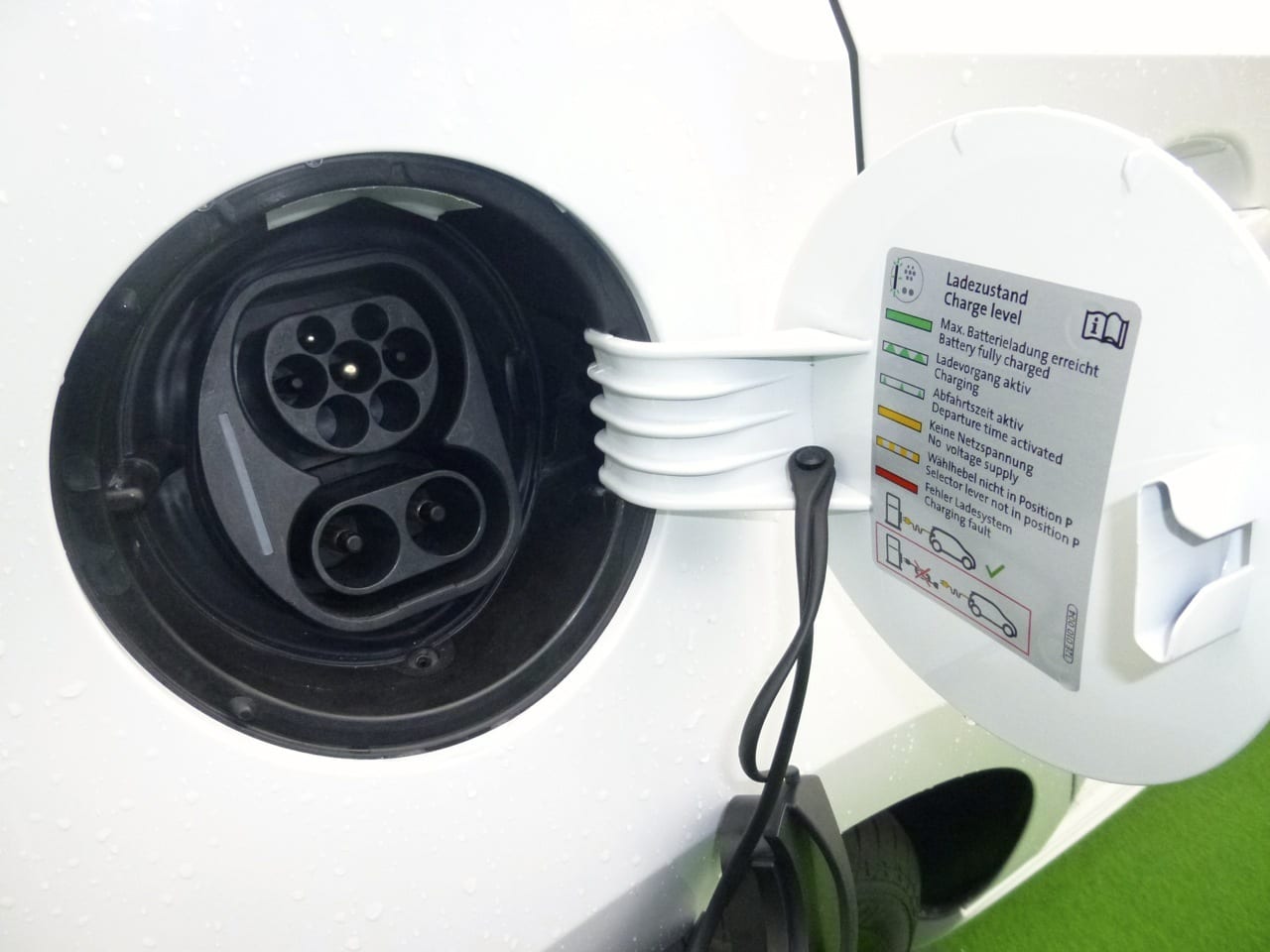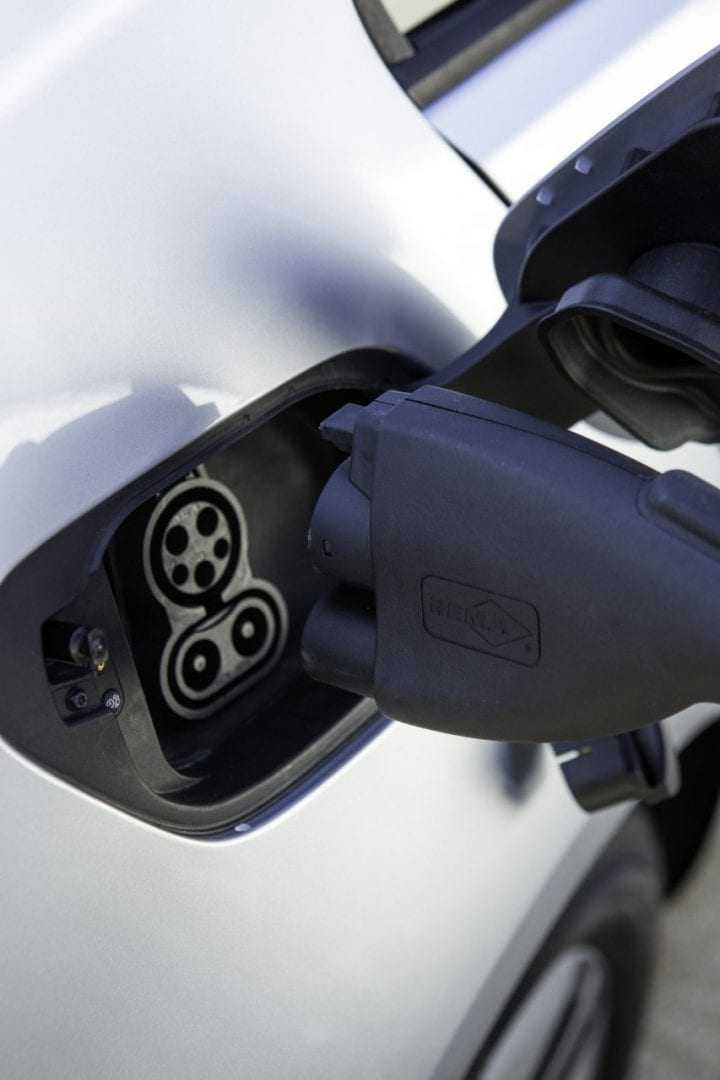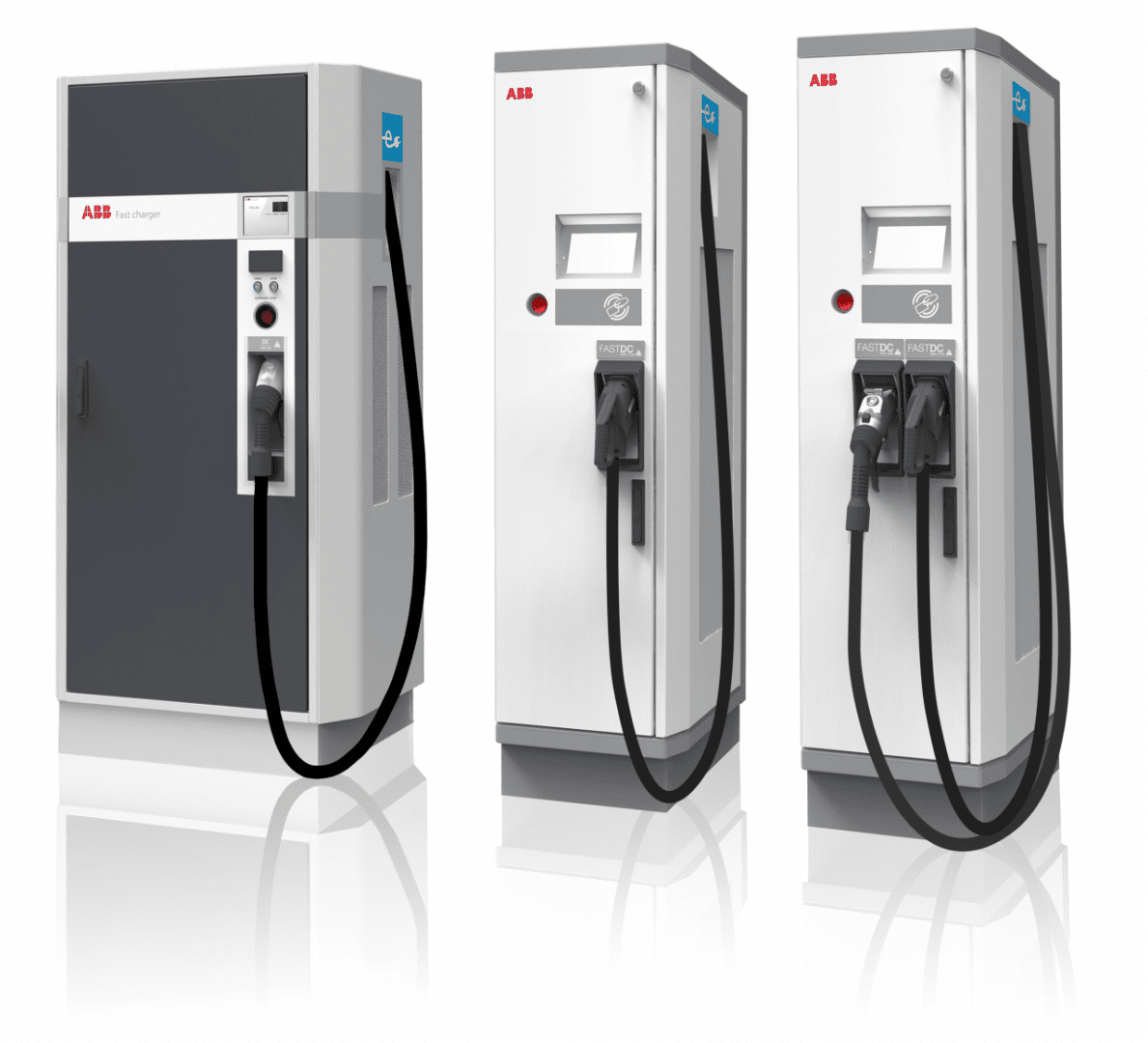Ή πως ήρθε η ώρα για ένα κοινό πρότυπο φόρτισης.
Το ξέρατε πως δεν υπάρχει κοινό πρότυπο φόρτισης για τα ηλεκτρικά αυτοκίνητα; Λοιπόν η Volvo ψάχνεται ώστε να ετοιμαστεί ένα Combined Charging System ως κοινό πρότυπο για τα plug-in οχήματα.
Τι συμβαίνει όμως σήμερα;
Το σύστημα CC System παρουσιάστηκε για πρώτη φορά το 2011 στο 15th International Congress of the Association of German Engineers με τις Audi, BMW, Daimler, Ford, General Motors, Porsche και Volkswagen να έχουν συμφωνήσει και σε αυτό και στο HomePlug GreenPHY communication protocol για τα ηλεκτρικά οχήματα battery-κάτι όμως που τελικά δεν έγινε.
Το πρόβλημα; οι κατασκευαστές από Ιαπωνία και Κίνα που προτείνουν μια λύση CAN Bus με ξεχωριστή σύνδεση separate DC και δεν έχουν συμφωνήσει στο Combined Charging System. Τι γίνεται όμως που είμαστε το 2016 και τα οχήματα αυξάνονται; Δεν πρέπει να ετοιμαστεί ένα USB πρότυπο για όλους;
Μέχρι στιγμής υπάρχουν 4 συστήματα: το IEC 62196 “Type 2” που έχει για παράδειγμα το European Tesla Model S, το “SAE J1772 connector,” που έχει η Βόρειος Αμερική και η Ιαπωνία με το Nissan Leaf μεταξύ το μοντέλο, ο φορτιστής “CHAdeMO JARI Level 3” DC συνεργασία των Mitsubishi, Nissan και Subaru και… τέλος το Combined Charging System που προτείνει η Volvo για διεθνές πρότυπο.
VOLVO CARS CALLS ON AUTOMOTIVE INDUSTRY TO STANDARDIZE ELECTRIC CAR CHARGING
09/03/16 from Volvo
Mar 09, 2016 — Volvo Cars believes the global automotive industry should strive towards the introduction of a standardized charging infrastructure for electric cars, says Dr Peter Mertens, the company’s Senior Vice President for Research & Development.
To support this drive towards a global standard for electric car charging, Volvo Cars has decided to throw its weight behind the Charging Interface Initiative, a consortium of stakeholders that was founded to establish their Combined Charging System (CCS) as the standard for charging battery-powered vehicles.
Volvo Cars is one of the leading makers of plug-in hybrid cars and will offer a plug-in hybrid variant on every new model as it replaces its entire product portfolio in the coming years. It will introduce a fully electric vehicle by 2019, based on its modular SPA vehicle architecture.
In order to cement the increasing popularity of electric vehicles and ensure that customers fully embrace the technology, Dr Mertens argues that a simple, standardised, fast and global charging infrastructure is needed.
“We see that a shift towards fully electric cars is already underway, as battery technology improves, costs fall and charging infrastructure is put in place,” said Dr. Mertens. “But while we are ready from a technology perspective, the charging infrastructure is not quite there yet. To really make range anxiety a thing of the past, a globally standardised charging system is sorely needed.”
The Combined Charging System, which will offer both regular and fast charging capabilities, makes electric car ownership increasingly practical and convenient – especially in urban environments which are ideal for electric vehicles.
It combines single-phase with rapid three-phase charging, using alternating current at a maximum of 43 kilowatts (kW), as well as direct-current charging at a maximum of 200 kW and the future possibility of up to 350 kW – all in a single system.
The Charging Interface Initiative is currently in the process of drawing up requirements for the evolution of charging-related standards and certification for use by car makers around the globe.
“We are very happy to support and be involved in the setting of standards for electric vehicle charging systems. The lack of such a standard is one of the main obstacles for growing electric vehicles’ share of the market,” said Dr. Mertens.
Volvo Cars, which has a rich heritage of research and development in electric vehicles stretching back over 40 years, is one of the leading car makers in the field of plug-in hybrids with its Twin Engine technology. Already now, one in five of all Volvo XC90s sold is a T8 Twin Engine plug-in hybrid.
“Our Twin Engine technology offers the low emissions, silence, convenience and performance of a pure electric car, combined with the range of a conventional powertrain. It offers the benefits of electrification already today,” added Dr. Mertens.
Related posts
Categories
- android World
- cinemart / music / video
- comicmania / books
- computing / social media
- consumer electronics
- design / architecture
- ecotech / electric
- exhibitions
- faq / Infographics
- futuristas / iDea
- gadgetfreak taste
- gadgets / stuff
- gaming / fun
- iOS World
- legends / special
- men's world
- military / aviation
- mobile / smartphones
- space talk
- tablets / multimedia
- tech talk / science
- transport / concept







